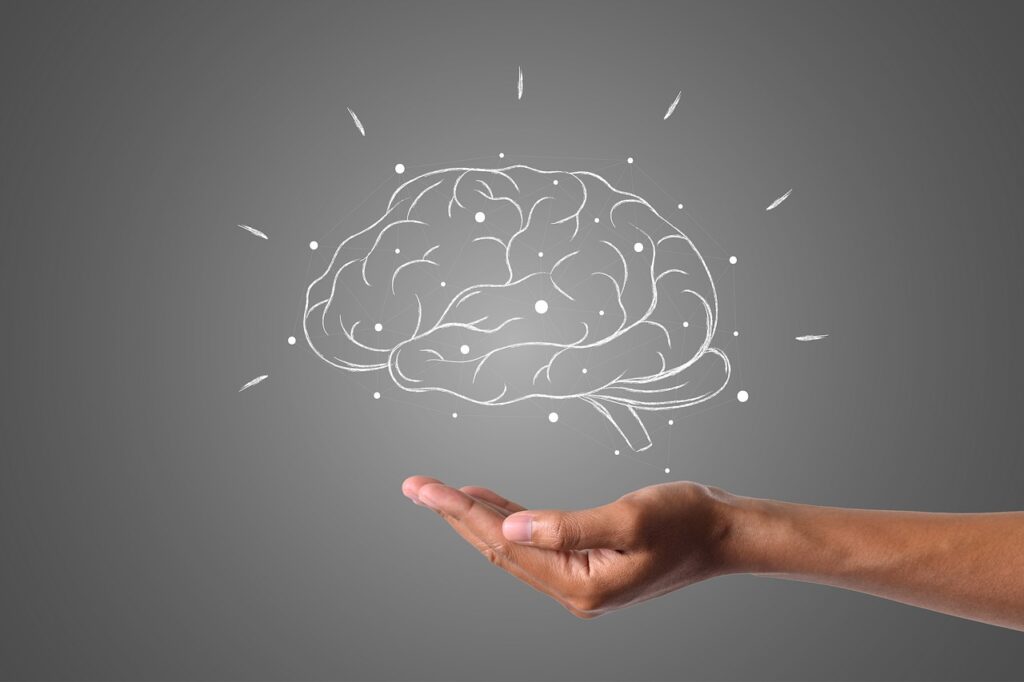The ADHD Neuro Difference
Over the years, much ha been written about the behavioral aspects of ADHD. But only recently have scientists begun to get a more complete picture of what’s going on inside the brains of individuals with ADHD.
Neuropsychiatrist Theresa R. Cerulli, MD, breaks the neuroscience of the ADHD brain into 4 categories:
- Genetic
- Neuroanatomy
- Neural networks
- Neurotransmitters
Each contributes to the ADHD picture and the extent can vary between individuals and age groups.
Genetics – The Starting Point
Genetics plays a strong role. If you are diagnosed with ADHD, 77% of the time it’s because of the genes you’re carrying. Researchers know the condition isn’t caused by a single gene, but rather multiple genes which acting in combination create the ADHD. Recent studies have confirmed that the recurrence risk of ADHD from generation to generation may be influenced by gender and also the presence of other psychiatric disorders in parents.
Neuroanatomy
Neuroanatomical differences show up as structures which look different in the brain. The most notable differences are in the prefrontal cortex of the brain.This is the area of the brain that controls:
- Attention
- Executive Function
- Organization
For individuals with ADHD, there can be a smaller volume and a delayed cortical development to that volume. The prefrontal cortex in children with ADHD lags in its thickness by about 2 and a half years behind children without ADHD. While this brain growth in the prefrontal cortex is delayed, it does seem to catch up.
Neuroimaging studies have shown volumetric abnormalities have also been found in structures in the basal ganglia. In this case volume was increased in individuals with ADHD which could be a contributor to hyperactivity. Also, the parietal cortex that plays a key role in processing sensory information and attention allocation is enlarged in individuals with ADHD.
Circuits & Networks
Neural networks relate to how different areas of the brain are connected. fMRI studies have been used to study how ADHD brains process information and perform tasks compared to non-ADHD brains. In one study, the anterior cingulate cortex was activated during a concentration task for the non-ADHD population. It is an area of the brain that is more efficient for this kind of task.in For those with ADHD, that area showed little or no activation. People with ADHD were using different, less efficient brain areas to do the same focus concentration tasks.
Signals
Studies have demonstrated neurotransmitter differences in the ADHD brain. In particular, the neurotransmitters dopamine, norepinephrine and serotonin are important. Norepinephrine and dopamine are critical in the brain’s reward and pleasure system. Serotonin plays a role in executive function and in aggression, which can show up as impulsivity or emotional dysregulation. Regulating the levels of these neurotransmitters ha been an important focus of the medications developed to treat ADHD.
The neuroscience of ADHD continues to evolve as better tools and techniques become available to researchers. It is helping to create a better awareness of the brain differences that underlie the condition. With time, this should lead to better treatments.
References
- https://www.hcplive.com/view/the-neuroscience-of-pediatric-adhd
- https://www.acamh.org/research-digest/cognitive-neuroscience-aetiology-adhd/
- https://psychiatry.pitt.edu/new-findings-published-biological-psychiatry-cognitive-neuroscience-and-neuroimaging-neural
- https://www.additudemag.com/neuroscience-of-adhd-brain/
- https://edgefoundation.org/adhd-across-generations/



